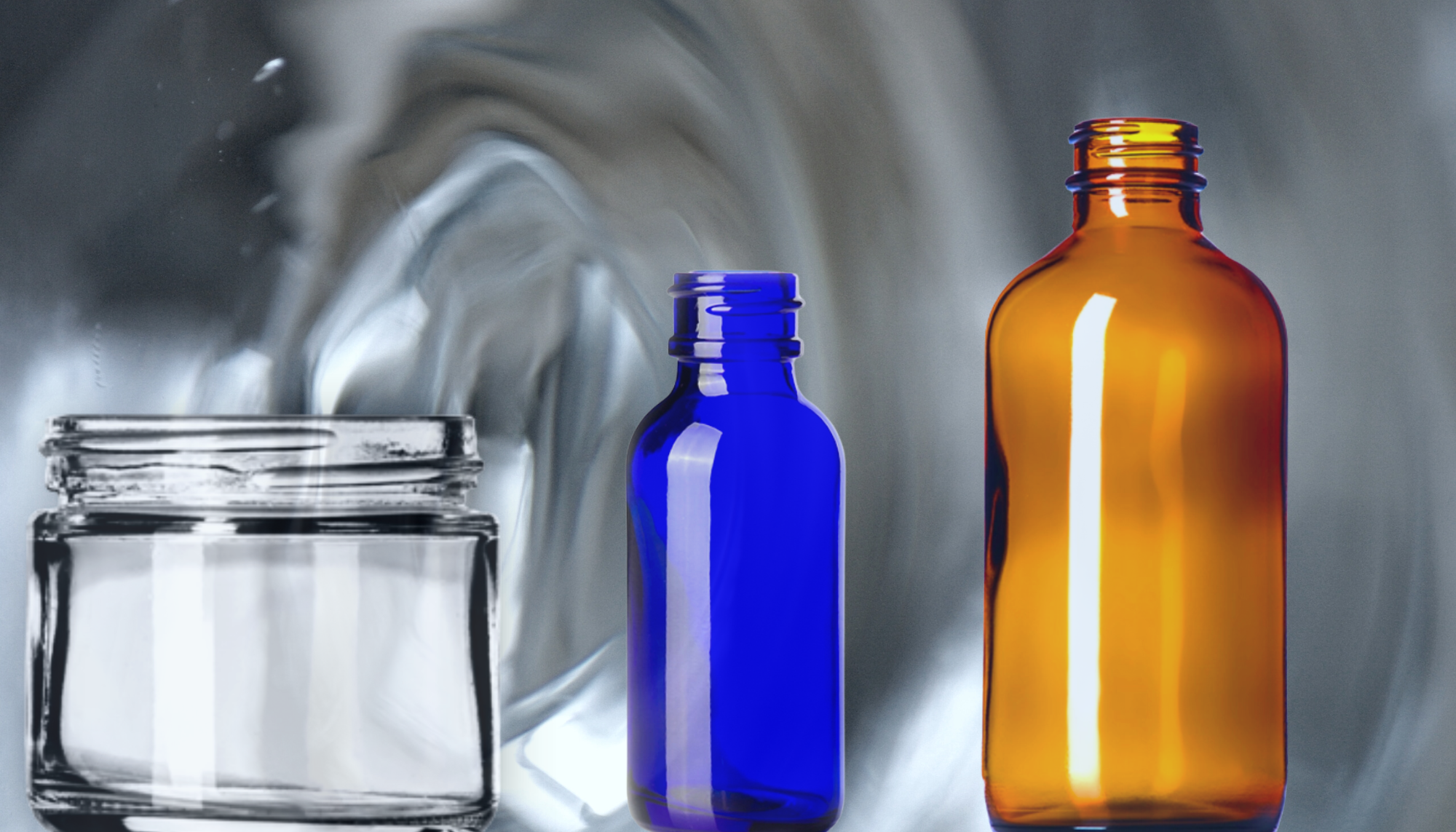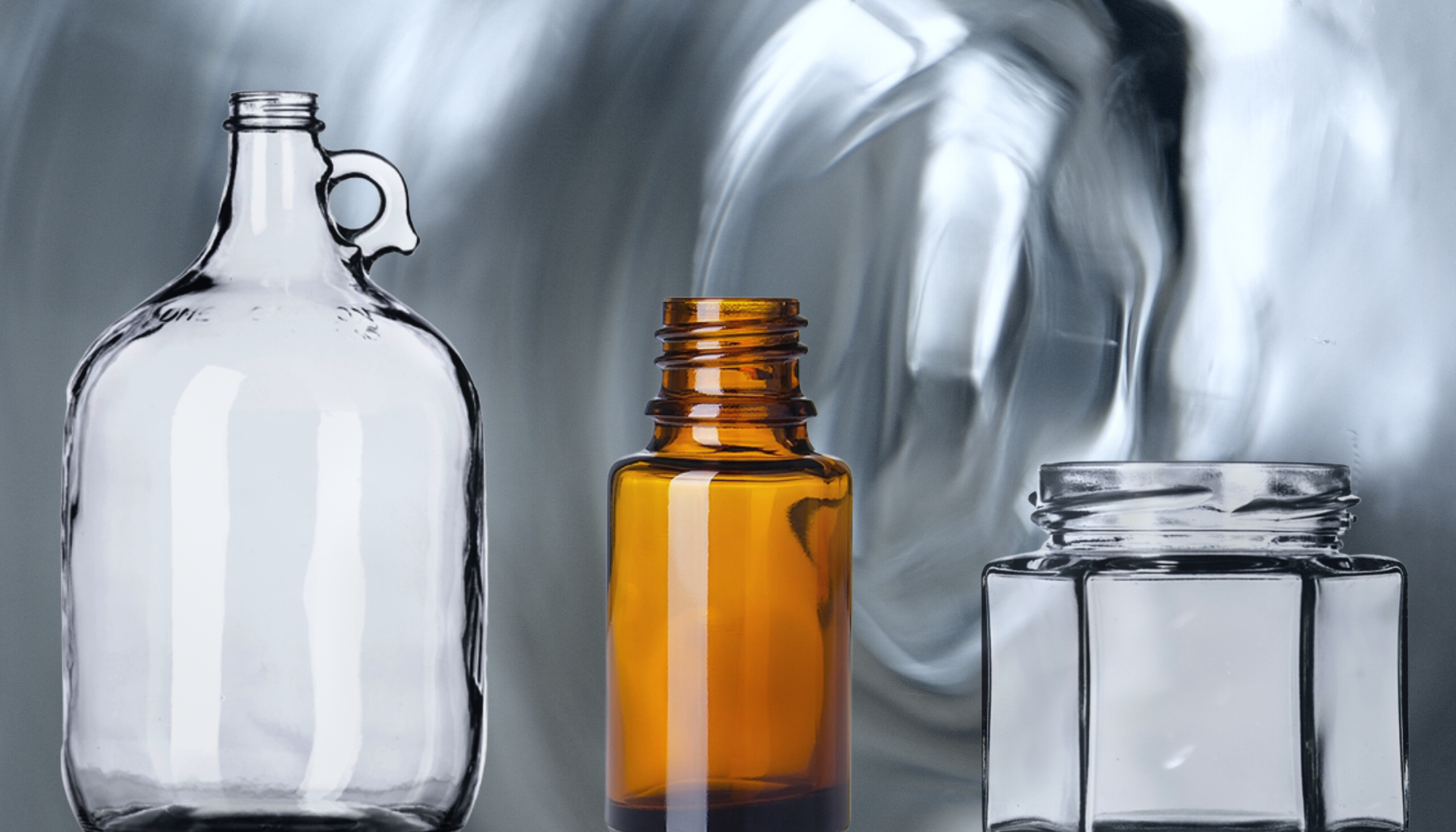 Home > News
Home > NewsYou can see the difference glass packaging makes from across a crowded shelf. Products packaged in glass give off a distinct vibe, saying to shoppers, “Hi, I’m high-end. I just feel more substantial. I show off what I’m made of in crystalline style.”

Selling products for centuries, glass speaks volumes on the surface, but let’s talk about the dynamic reasons it works for packaging beyond the visual appeal.
When made from scratch, glass is created by superheating natural materials, usually a blend of sand or silica, soda ash, and limestone, until it melts. It then solidifies into an infinite range of forms that are hard, transparent, and non-porous.
It’s nature’s perfect packaging. Especially when you’re looking for an eco-friendly option. Glass is 100% recyclable without ever losing its quality. Recycling glass is actually up to 30% more energy efficient than making it from scratch because it can be melted down at a lower temperature. Talk about never-ending sustainability.
Its impermeable nature makes it a solid choice too. It keeps out air, other gases, and moisture. It’s also inert, meaning glass packaging doesn’t react with the contents inside. This protects the integrity of a wide range of sensitive products. Glass preserves the taste, aroma, and texture of food and beverages, from wine to condiments. It safeguards cosmetics, essential oils, and pharmaceuticals from contamination or degradation. No product owner wants to conduct a chemistry experiment with their packaging, especially in personal care and medicine.
Glass packaging also stands up to extreme temperature changes. When a product needs to be transported or stored in high heat or very cold conditions, it won’t warp, melt, or deform. Glass packaging keeps everything from insulin to nail polish safe and effective.

However, glass is not the perfect package for every product line. It’s relatively heavy, making shipping and storage more costly and challenging. It also breaks, so won’t work for items that need a durable, drop-resistant approach.
Another potential weakness of glass is its overall cost. Compared to plastic and some other packaging materials, glass can be more expensive to make and transport. This can increase the cost of the final product, so it might not be the best choice for merchandise competing by price point.
Glass might have some limitations, but its many benefits stand out, especially on the display shelf. Especially for food, personal care, and beauty products, its sustainability, impermeability, and resistance to chemical and physical changes make it a popular choice for packaging. For more information about glass, or to see a sample of one of our many glass products, give us a call, and we will be happy to help!